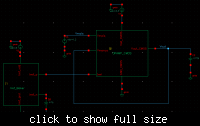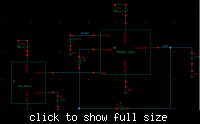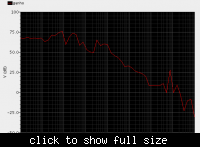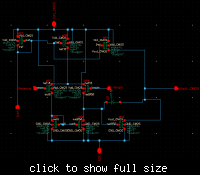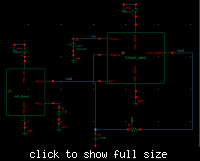Fred556
Junior Member level 1

Hi,
could somone help me?
I've made my opamp and I would like to know the gain, phase margin, etc..
But I don't know how to do that.. Could someone give me the step to do it? I have cadence 6 (i think). What i find on the internet it's:
Results-->Direct plot--> AC magnitude & phase but I don't have this on my cadence..
Could someone give me a link or something?
Thanks in advance.
could somone help me?
I've made my opamp and I would like to know the gain, phase margin, etc..
But I don't know how to do that.. Could someone give me the step to do it? I have cadence 6 (i think). What i find on the internet it's:
Results-->Direct plot--> AC magnitude & phase but I don't have this on my cadence..
Could someone give me a link or something?
Thanks in advance.

